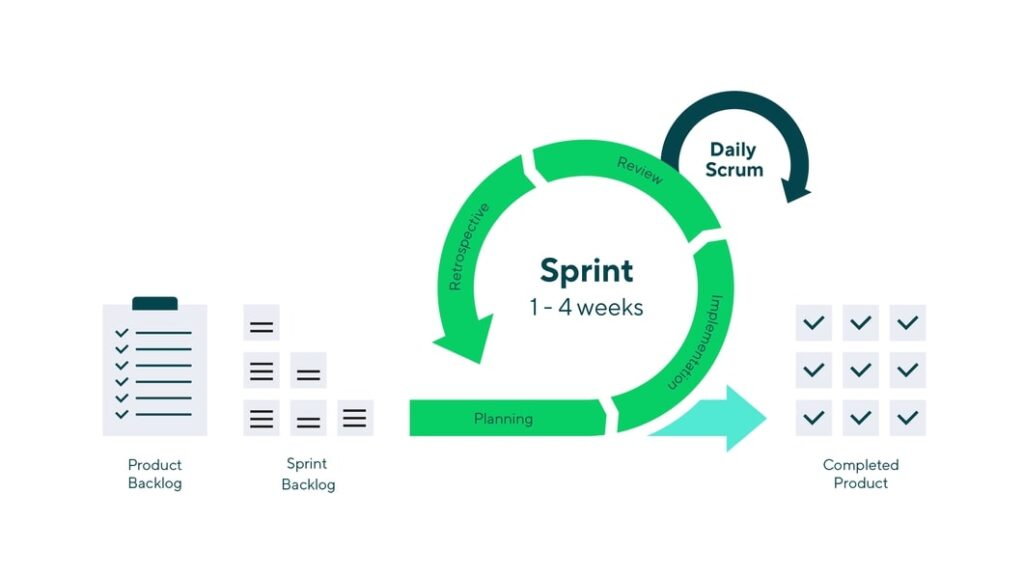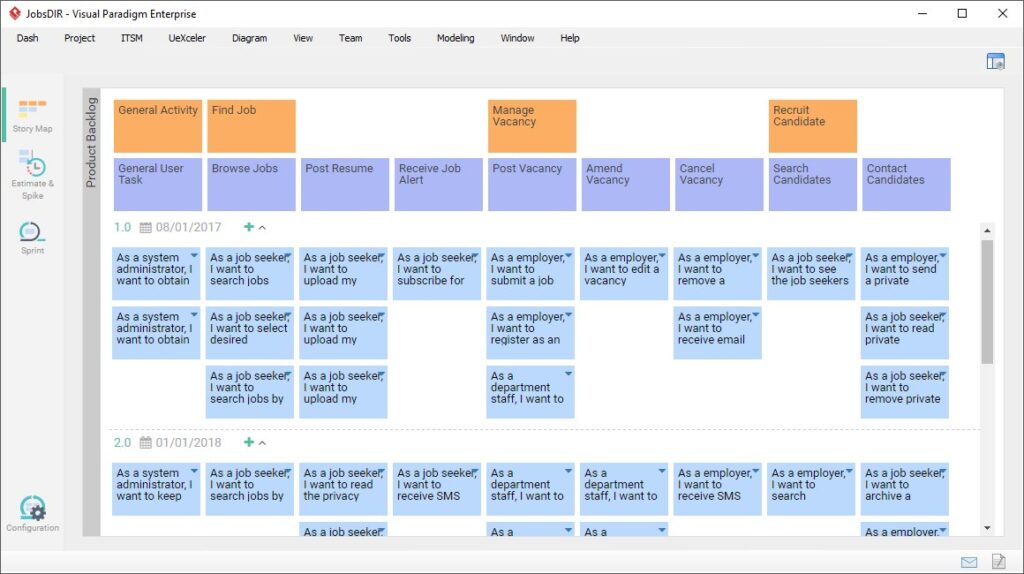Curious to learn what the best agile testing practices are?
Then you’ve come to the right place.
The agile testing process is an essential aspect of software development, testing, and quality assurance.
In this article, we dive deep into the best practices for agile testing to help your development team validate the quality of the software they build.
Let’s dive right into it.
12 Best Agile Testing Practices
Maintain Code Austerity
Ensure that the code has enough attributes to comply with the test case.
Doing so reduces the occurrence of defects; thereby simplifying the agile testing and review processes. Verify that the code is understandable to facilitate upgrades and enhancements in the future.
Repeat Testing Often
A basic principle of agile testing is repetition. Conducting frequent tests reduces the likelihood of broken code. This testing occurs before and after initial coding and once more after code refactoring. During refactoring, confirm that the new code is maintainable and complies with the designated standards.
As a general principle of agile testing, repeat tests numerous times whenever there is a code merge, code change, or code movement.
Communicate With Developers
In agile testing, having an open line of communication with developers serves as a measure of quality assurance. The function of the agile tester is to provide feedback and resolve any defects or bugs within the code.
Therefore, by communicating with developers, the testers increase their knowledge of what the application entails and perform their roles in accordance with these requirements.
Keep the Goal In Mind
When following the agile testing framework, having an objective is essential to the testing process. This ensures that the agile tester understands the requirements of the code. The intent is to execute tasks while maintaining focus on the goal due to the fact that the agile sprint entails multiple iterations.

Credits: Wrike
Therefore, an increase in iterations symbolizes an increase in functionality traits within the code. Hence, knowing the plan of action permits the agile tester to deduce the functionality of the application with ease and accuracy.
Concentrate on a Single Functionality
Agile testing favors focusing on one feature at a time rather than executing multiple features at the same time.
Engage the entire agile team to ensure that preparation of the test case aligns with the feature and functionality testing.
Review the test case and verify that it is correct because it is, after all, a key aspect of the agile software.
Know the Application
According to the principles of Test-Driven Development (TDD), limiting the code but maintaining its efficacy is a requirement. This means that the code achieves its objective without compromising anything else. It is also ideal that the new code passes the test case on the initial run.
Another component that guarantees the success of the project is system documentation. Be sure to include an archive of test cases and engage with team members that have knowledge of the application.
Focus on Quality
Agile testers have a mindset that places quality at the forefront while also acknowledging that it is not the sole responsibility of the tester, but rather, that of the entire project team. Having an approach that centers on quality agile testing is a requisite for the commencement of the development cycle.
Implement Agile Test Procedures
Develop and execute a testing process that has at its core, practices that aim to increase the quality of deliverables. It benefits the overall development cycle when introducing components such as visibility, traceability, and communication throughout.
There are several software tools that facilitate the creation of these procedures. These include Jira, Rally, and Version One. Test management tools such as qTest, Xray, and Zephyr assist with integrating test processes into the development cycle.
Estimate User Stories
During estimation of user stories, consider the testing effort requirements. This enables testers to engage with user stories at an early stage as well as concentrate on the requisite agile testing, planning, and design. To add, this assists with increasing the speed with which teams complete and accept user stories.
Test User Stories
Generate tests based on the Acceptance Criteria (AC) in addition to writing unit-level tests or Behavior Driven Development (BDD) feature. Continue updating these as the user story evolves as they also function as various user scenarios and acceptance tests.

Credits: Visual Paradigm
Consider the following components when designing said tests:
- Test Data: Data collection from customers in accordance with privacy regulations.
- Test Conditions: The context within which the business defines functionality.
- Environment: The stage at which agile testing occurs such as during development or pre-production.
- Test Scenarios: End-to-end user workflows.
- Requirement Mapping & Risk Assessment: Determine the importance of tests to run when facing time constraints.
Introduce Exploratory Testing
The purpose of this type of software testing is to supplement other testing methods as it relates to uncovering defects within the code. Team members and stakeholders alike engage in this testing process. It encourages the exchange of knowledge at all levels across the agile teams, which in turn helps familiarize them with other areas of the product.
Exploratory testing requires repetition and the agile tester takes up the mantle to create the tests themselves.
Initiate Session-Based Testing
This method of agile testing works in tandem with exploratory testing as it involves the exploration of specific aspects of functionality within test sessions. The intent is to monitor each session keeping the following components in mind:
- Start and end times
- member involvement
- duration of each session
- Coverage of the various features of the project
Collect and consolidate the findings to present to product owners so they act accordingly. Repeat this process at will, introducing varying functional areas, to uncover defects, learn user workflows or examine other aspects of the product.
Three Benefits of Agile Testing Practices
1. Higher Quality Products
Agile testing guarantees the detection of defects during the early stages of the development process and encourages continuous feedback. This knowledge, coupled with customer input, generates a first-rate product.
2. Fast Delivery
Agile testing expedites the development cycle while adapting to the changing markets allowing for delivery of the product to the customer within a reasonable time frame.
3. Team Cohesion
A hallmark of agile testing is the collaboration among teams. This fosters a productive work environment, with high morale and helps yield products that are superior in value.
Agile Testing Practices Yield Quality Results
Agile software testing is the pinnacle of testing strategy in the arena of software development. It is the culmination of continuous integration, continuous build, continuous delivery, and continuous deployment. It is a practice that requires team collaboration and a test plan in order to ensure code quality.
Agile testing methodology refines the testing strategy and mitigates the occurrence of defects within the agile software. Achieving this with efficacy entails integration with alternative project management, issue tracking, and automation tools into the agile development and testing framework.
Use this guide to shape how your development team approaches agile testing to help them crush their software development efforts.